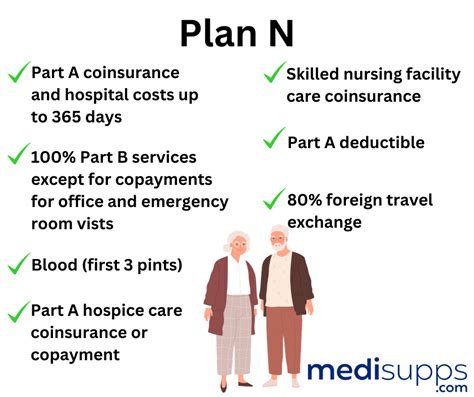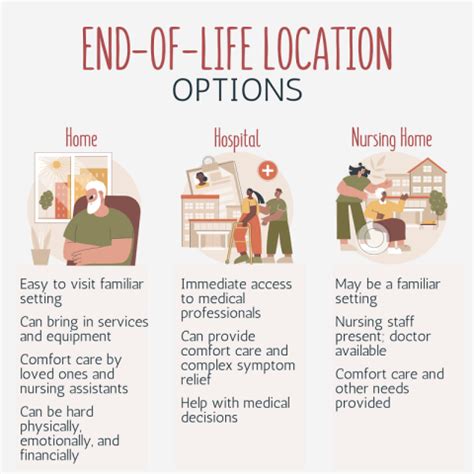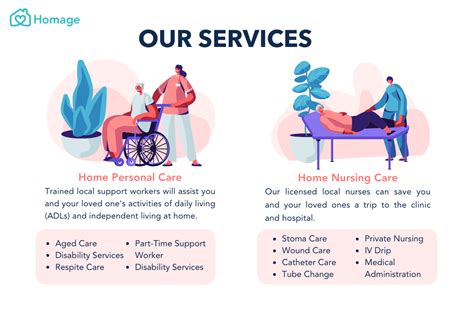As the global population ages, ensuring quality care for the elderly has become a priority for families and healthcare systems alike. Elderly care services play a crucial role in supporting aging individuals to maintain their dignity, comfort, and well-being, particularly for those choosing to age in place. This comprehensive analysis delves into the current state of elderly care services, examining the impact of aging in place on senior health, the role of technological innovations, and the challenges that hinder quality care delivery. Furthermore, we will explore effective strategies for enhancing these services to ensure that seniors receive the support they need to thrive in their later years, all while preserving their independence and quality of life.
Delve into this topic with ujocis.net for a comprehensive understanding.
1. Assessment of Current Elderly Care Services
Elderly care services today encompass a wide spectrum of options, ranging from in-home and community-based support to assisted living facilities and nursing homes. The goal of these services is to address the physical, emotional, and social needs of seniors, providing tailored care plans that prioritize well-being and independence. Nonetheless, the quality and availability of these services can differ considerably, influenced by factors such as geographical location, funding levels, and the resources available.
In-home care services, like personal caregivers and healthcare aides, are gaining traction as they allow seniors to stay in their comfortable surroundings. Conversely, institutional settings cater to those with more intricate medical requirements, offering a higher level of care. However, many elderly individuals struggle to access affordable and dependable care, particularly in rural or underserved regions, despite the availability of these services. Furthermore, inconsistencies in caregiver training and support systems can lead to disparities in care quality. A comprehensive assessment is vital to pinpoint service delivery gaps and implement necessary improvements.

2. Impact of Aging in Place on Elderly Well-being
Aging in place, where seniors remain in their own homes rather than moving to assisted living facilities, significantly affects their well-being. Many older adults favor this option because it provides familiarity, independence, and a sense of control over their surroundings. Being surrounded by personal possessions, memories, and a supportive community can positively impact their emotional and mental health, reducing feelings of isolation or displacement often associated with institutional care.
Aging in place is strongly linked to the physical well-being of older adults. With appropriate support, such as regular home visits from healthcare professionals and in-home assistance with daily activities, seniors can preserve their health and mobility for an extended period. Technological innovations, including remote monitoring and telehealth services, further empower the timely management of health issues, resulting in improved health outcomes and reduced hospitalizations.
Aging in place, while offering numerous advantages, also presents certain challenges. Seniors may face an increased risk of falls, difficulty managing medications, or experience social isolation. To ensure the success of aging in place, comprehensive care plans are essential to address these potential risks. These plans can help seniors maintain their safety and comfort within their homes. Ultimately, when properly supported, aging in place can significantly enhance the quality of life and emotional well-being of older adults.

3. Technological Innovations in Elderly Care
Technological innovations are revolutionizing elderly care, improving seniors’ quality of life and creating more efficient care solutions. A key advancement is the development of remote monitoring systems, allowing healthcare professionals and families to track vital signs, medication adherence, and daily activity remotely. This technology enables early detection of potential health issues, minimizing hospitalizations and emergency interventions.
Telehealth services are growing in popularity, offering seniors a convenient way to receive medical consultations without leaving home. These virtual appointments help bridge the gap in healthcare services, particularly for those residing in rural or underserved areas.
Smart home technologies, such as fall detection systems and voice-activated assistants, empower seniors to stay safe and maintain their independence. Furthermore, devices like automatic pill dispensers and home automation systems streamline daily living, allowing seniors to live in their homes longer with less assistance. These advancements are transforming elderly care, making it more accessible, personalized, and efficient.

4. Challenges and Barriers in Providing Quality Elderly Care
Delivering high-quality elderly care is a complex endeavor, hampered by numerous challenges and barriers that often impede the provision of consistent, top-tier services to all seniors. One of the most significant hurdles is the escalating demand for elderly care services, driven by the aging population. This surge in demand puts immense strain on available resources, particularly the availability of trained caregivers. The demanding nature of the work often leads to caregiver burnout, resulting in high turnover rates and a chronic shortage of skilled professionals.
Financial obstacles present a major challenge, as numerous elderly individuals face difficulty in affording high-quality care, particularly when it necessitates long-term services. The cost associated with in-home care, assisted living facilities, or specialized medical treatment can be excessively burdensome, especially for families lacking adequate insurance coverage or access to government support programs.
Geographic disparities pose significant challenges to accessing quality healthcare. Rural and remote regions frequently lack the essential infrastructure and healthcare professionals needed to deliver adequate services. Furthermore, inconsistent caregiver training and regulatory standards across diverse geographical areas result in disparities in the quality of care provided.
Cultural and language differences can hinder effective communication between caregivers and older adults. This can ultimately impact the delivery of tailored, personalized care. Overcoming these barriers is crucial to guarantee that all seniors receive the high-quality care they require and rightfully deserve.
5. Strategies for Enhancing Elderly Care Services
Improving elderly care services necessitates a comprehensive strategy that prioritizes both accessibility and quality. One crucial element is investing in caregiver training and support. This investment can elevate care quality while mitigating issues such as caregiver burnout and high turnover rates. By providing ongoing education and resources, caregivers remain current on best practices and feel better prepared to meet the challenges of their demanding roles.
Expanding access to financial assistance programs, such as Medicare or long-term care insurance, can ease the financial strain on families and make high-quality care more accessible. Moreover, harnessing technological advancements—including telehealth, remote monitoring, and smart home devices—can enhance the efficiency and effectiveness of care delivery, particularly for seniors choosing to age in their own homes.
Enhanced coordination among healthcare providers, caregivers, and family members is crucial for delivering comprehensive and individualized care to elderly individuals. Furthermore, addressing geographic disparities by expanding home care services and telehealth options in underserved areas will guarantee that seniors across all regions have equitable access to essential care.
Elderly care services are vital in ensuring that seniors live with dignity, comfort, and quality care. By assessing current services, leveraging technological innovations, and addressing the challenges faced in caregiving, we can enhance the well-being of elderly individuals. Strategies like improved caregiver support, expanded financial assistance, and better access to technology will play a key role in providing the comprehensive, high-quality care that aging individuals need to thrive in their later years.
ujocis.net

